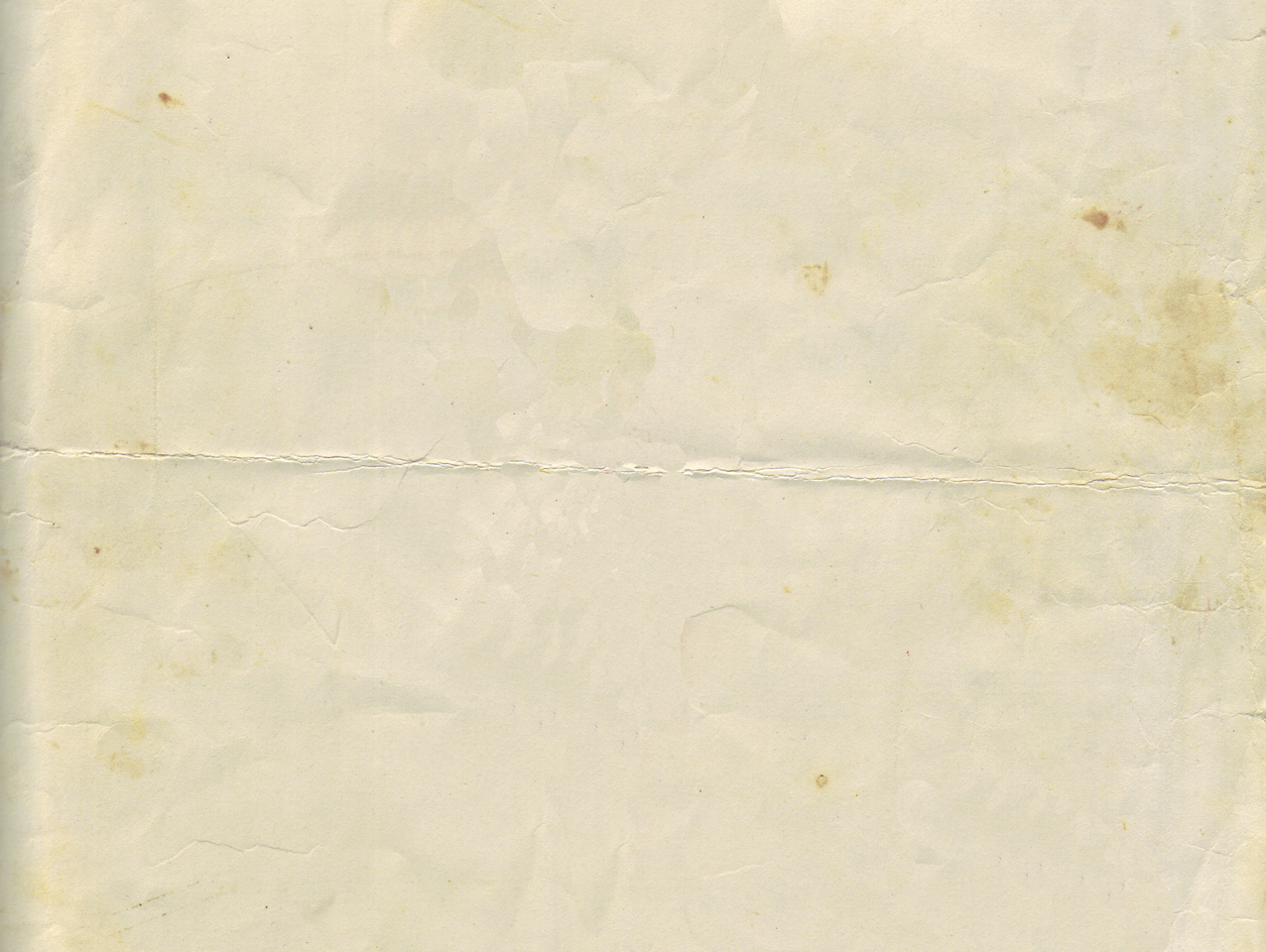Two new reviews of the book have appeared this week: one by Pascal Lefevre in the online journal Image and Narrative, and one in theaustralian.com by Cefn Ridout.
These are both well written and perceptive pieces, and follow the general pattern of most of the book’s reviews, in terms of both positives and negatives:
Gratifyingly, the critics express admiration for the scope of the task and our success at achieving it. Lefevre says,
“Even with these limitations [that is, narrowing the “global” scope down to Europe, Japan and North America, for the most part], it remains an impressive achievement to tackle the three major comics-producing cultures, North America, Francophone Europe and Japan. Not only the most popular or acclaimed titles of the three regions are succinctly presented, but also lesser-known but historically important works. So, I guess that every reader from every part of the world will learn about several new interesting titles or artists.”
And Ridout: “Where the authors undeniably succeed is in distilling their extensive research into a single volume that places the development of comics in five continents across five decades into a wider cultural context, revealing fascinating parallels, divergences and cross-pollination between the disparate histories.”
Both Lefevre and Ridout also mention specific points they agreed with.
Lefevre liked that “the authors rightly state that demographics played an important role:
the postwar baby boom created a mass of children’s comics readers in the 1950s and one they became teenagers and young adults, in the 1960s, they were accustomed to reading graphic narratives and they were ready for graphic narratives with more adult aspirations.”
Ridout mentions a few “enjoyable discoveries” of previously unknown work, such as Pazienza, Oshima, Neaud. That, for me, is what it’s all about!
On the negative side, there’s been pretty much unanimous critical agreement, of course, that the ambitions of the project necessitate some omissions, and each critic will point out those that they feel are the most egregious. In almost all cases, these complaints are perfectly valid. For Lefevre, it’s the thin coverage of newspaper strips, and also the relatively small number of source citations.
Ridout points out that our acknowleged focus on artistic rather than commerical importance “creates a somewhat skewed, auteurist history that overlooks writer Stan Lee’s equally pivotal role alongside artist Jack Kirby in attracting college-aged readers to Marvel Comics in the 60s and the impact of mainstream publishers embracing non-anglophone artists and writers since the 70s.” Fair enough.
Ridout, with a sensitive ear for tone, also catches the uncharacteristically “sombre” mood of the final chapter, in which Alexander and I succumbed, perhaps, to a little bit of a “good old days” quality in musing on the decline of the fictional graphic novel in recent years. That’s a criticism that hits home, since I don’t think either of us really feels, or wishes to convey, a negative judgment on contemporary comics!
